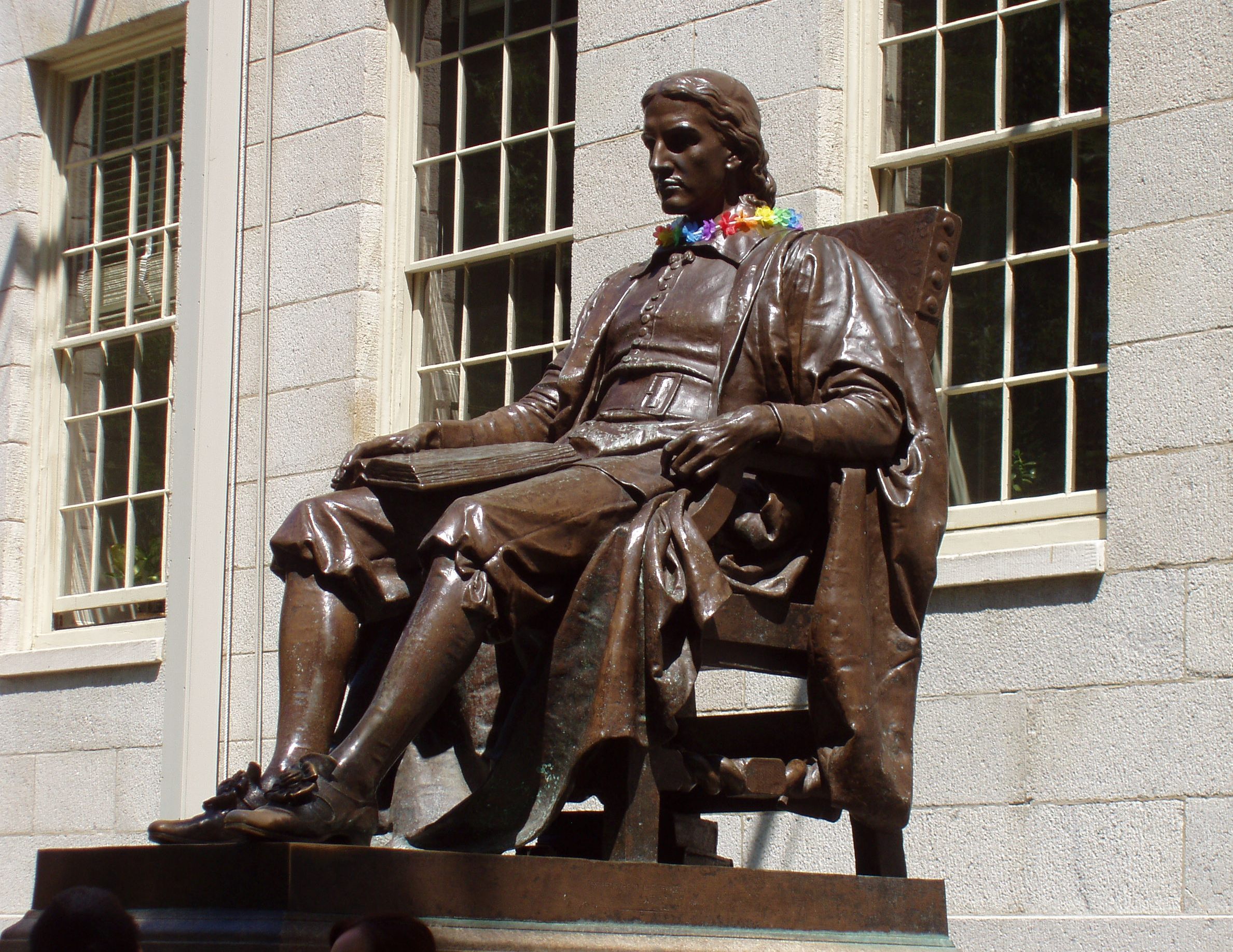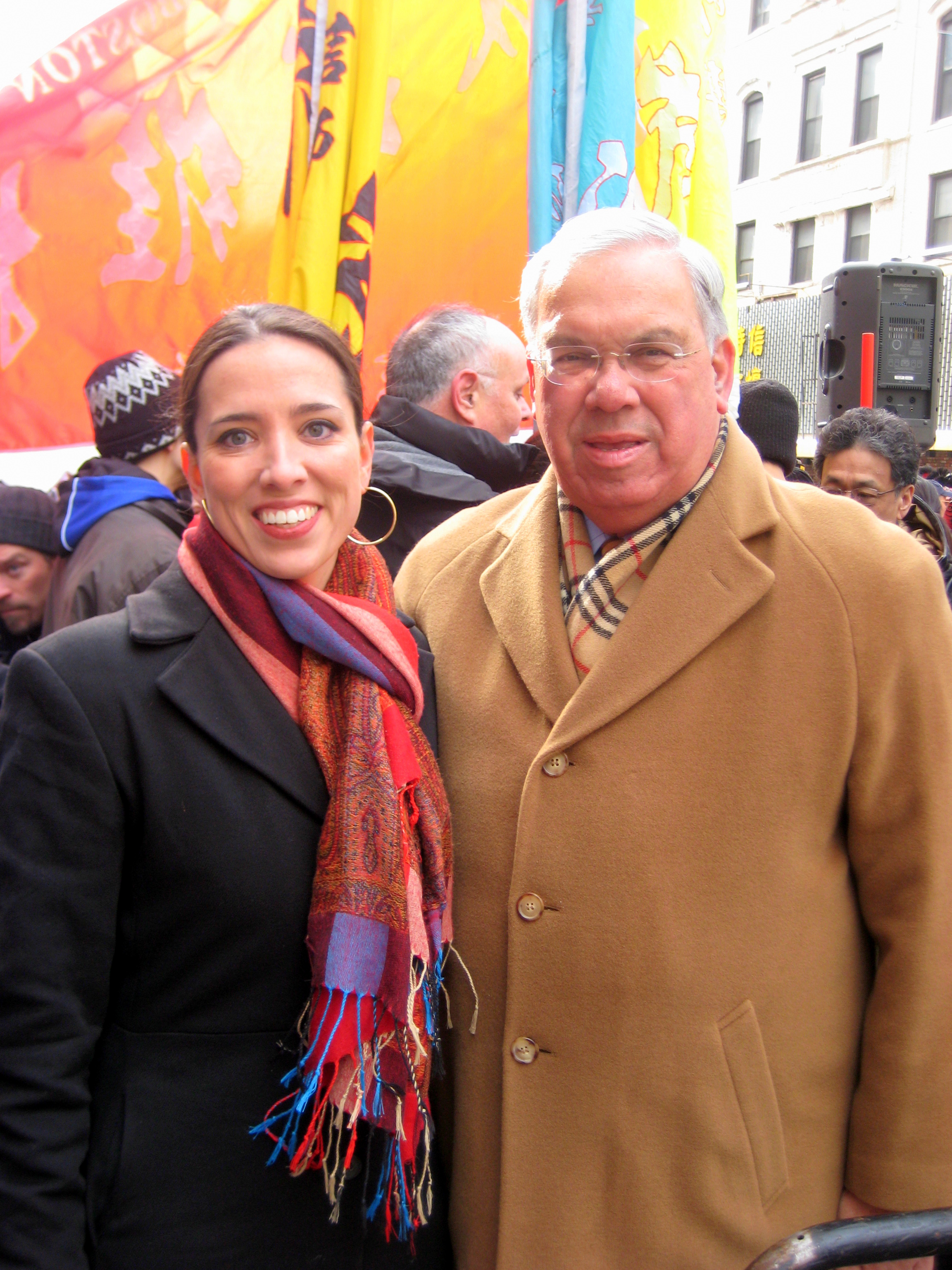Today, we begin a new segment covering the Massachusetts gubernatorial election due this November, "The Governor Giveth and the Governor Taketh Away." For purposes of practicality, the name may be shortened to one of the two clauses in the title depending on what and whom is being discussed.
We start with a story about a development relating to the incumbent, Gov. Deval Patrick. Patrick, who faces only token opposition in the September Democratic Primary from perennial candidate Grace Ross, will face off with Republican Nominee Charlie Baker and Independent and one-time Democrat Treasurer Tim Cahill.
The Boston Globe recently reported that many residents west of Boston were worried about the increase in rail traffic in their backyard. The increase is expected following the closure of a deal for the Commonwealth/MBTA to acquire the tracks and right-of-way between Framingham and Worcester. The purchase is expected to provide the MBTA with added flexibility needed to increase commuter rail service between Boston and Framingham/Worcester. However, in addition to re-double tracking the line, the MBTA would need CSX to reduce the number of trips it takes into Boston proper. In other words, the railroads operations at the Beacon Park Yard, visible from the Turnpike Allston-Brighton exit, would need to be reduced. Some operations are expected to remain and trips along the rail line that parallels the Turnpike through Boston would inevitably remain to service the the South Boston waterfront's shipping and remaining industrial sites. Included in the deal was purchase of track for New Bedford/Fall River commuter rail service. Although some federal and state money is part of the deal, it is unclear from where all of the funds are coming.
The principal goal behind the governor's actions here are good. Indeed, this blog applauds any effort to reduce traffic and increase commuter rail usage. Sadly, as is often the case, the devil is in the details. The simplest and most obvious problems is a question of funding. Even if the price of purchasing the line from Worcester to Framingham (the MBTA and the Turnpike already owned the trunk line from Framingham to Boston) can be met, the cost of improving the line will easily match that of the purchase. The old Boston & Albany line meanders through Central Massachusetts with Worcester right in the middle of its serpentine path. The total trip from Boston to the state's second largest city takes at least an hour on commuter rail. Even Amtrak, which only stops twice before Worcester (once only in Boston only minutes after leaving South Station), takes an hour to make the trip. Improving the rail line to substantially improve time will be a hefty price. Although the governor's team has touted that more trains can run with more control over the line and less freight trains, it is timeliness and not delays or overcrowding that keeps commuters in their cars, despite traffic. If nothing else, many commuters find it just as easy to ride, the arduous, but far more frequent "D" branch of Boston's Green Line, boarding at Riverside.
(The length of time for travel between Worcester and Boston proves how the attempts to bring commuter service to Boston from Springfield are. The idea is a favorite of the City of Home's State House delegation when discussing economic development. Even under ideal conditions, improved service, and track upgrades, the trip would approach two hours for commuter service and remain and hour and a half for Amtrak service, matching the current driving time. The Springfield-New Haven line, by comparison is more direct and far less circuitous than the track to Boston.)
Just as problematic, and relating to the Globe story, is the movement of freight operations. CSX did not need to acquire any new land to replace their operations at Beacon Park in Allston. Rather, it will simply redistribute the load amongst is major Massachusetts yards in West Springfield, Worcester, and Westborough. The story focused particularly on how neighbors of those facilities panned what would be more rail and truck activity. While their concerns are not invalid, they are a more obvious display of NIMBYism. Still, more trucks mean more pollution, congestion, and traffic, mirroring the graver threat to Boston.
A concern brought up by many before, during, and after the deal's inking was what would become of the freight moving into the ring around Beantown formed by Route 128. Although hardly all of the freight interchanging between rail and truck at Beacon Park goes to a Boston-Cambridge area destination, it is not absurd to think that a substantial amount does. Without the Allston yard, that freight will need to travel along the Mass Pike or worse along parking lot, excuse me, Route 128 for some distance, adding to the traffic on those highways. Whether idling or moving, the additional trucks will add to the pollution in the Boston area, canceling out any reduction made by putting MetroWest (a nickname for Boston's western suburbs) commuters onto timelier/more trains. Studies have consistently shown that rail traffic for both passengers and freight produces far less pollution than its rubber wheeled counterparts. Notably, although diesel trucks produce less heat-trapping pollution than gas-powered cars, their emissions dirty the air and are linked to respiratory disease more conclusively.
All of this could be excused for an election cycle effort put forth by the governor. The administration announced the deal last September after Patrick's opposition for the governor's office firmed up. The deal is expected to play well with MetroWest residents who complain about the unreliability of the Worcester/Framingham line, the MBTA's least punctual commuter rail line. However, there exists one more complicating factor. Governor Deval Patrick is a graduate of Harvard.
Harvard? Where did that come from? Well, they own the land under the Beacon Park Yard and, for that matter, the Turnpike's Allston-Brighton interchange. During the worst of the Big Dig drama, the project's parent agency, the now defunct and then cash-strapped Massachusetts Turnpike Authority sold the land to its neighbor Harvard University. Even then, Harvard, the monolithic institution as it is, was planning for a huge expansion in Allston. At the time, Harvard's only property in the Boston neighborhood was its business school and stadium. Its headquarters remain in adjacent Cambridge. Before Patrick's administration was up and running, Harvard announced a huge re-imagining of North or Lower Allston, an area between the Turnpike and the Charles River. The plan included a new life sciences center, museums, dorms and more. With its acquisition of the land under the yard, Harvard would have the closest thing to blank slate to accomplish its vision.
However, despite its power and reach, Harvard could not overcome a tenet of railroad law: trackage rights. As the descendant of the Boston & Albany Railroad, CSX could not be forcibly removed from the yard. Those rights were inherited from the B&A who held them after it sold its property to the Turnpike Authority inside 128 to extend the eponymous highway into Boston. Moreover, Harvard had nothing to offer the railroad to leave its yard (cash alone might not have placated the railroad), one of the few active, and particularly visible industrial areas in Boston. Then a graduate of its undergraduate and law schools became governor. Given Harvard's reach and penchant for graduating the city, state, and country's leaders, this could have been seen as inevitable. Moreover, Harvard is known to use it massive alumni network and events (which often anybody can attend for a generous contribution complete with networking opportunities) to further its own plans.
Indeed, the governor's announcement says that the commonwealth will help CSX relocate (paying for it how?) to enable "...the redevelopment and reuse of this strategic parcel of land [Beacon Park Yard]." Under the auspices of improving MetroWest commute times, Patrick's administration has actively sought the purchase of the Worcester-Framingham line since his inauguration. The coincidence is stunning...and suspicious.
The history of the governor's actions is important too because the effort to improve commuter service and therefore entice CSX to give up its Allston operations precedes the economic downturn. In other words, they were trying from day one, a solid 20 months before the economy tanked. Since then, Harvard's obscenely huge endowment plummeted. It still remains nearly the size of the Commonwealth's annual budget, but the losses have forced the university to all but stop, if not abandon its most ambitious plans in Allston. Since the rail yard itself was not specifically mentioned in Harvard's original Allston plans, redeveloping that parcel will be years, if not decades off. That assumes that Harvard is able to complete its existing plans any time this decade. CSX will be able to relocate out of 128 much faster, leaving the yard to decay and become another example of urban industrial decline. Indeed, the property Harvard does own along Western Avenue in Allston at times takes on that same air of industrial blight as it systematically evicted its tenants before the downturn.
At the time of the Turnpike's sale to the university, opposition was heard from the office of Mayor Thomas Menino. The city's long-serving mayor, himself a graduate of what is now UMASS-Boston, probably worried about the possible loss of not only the industrial jobs and tax revenue, but the effects of the pollution more trucks would bring into his city. This blog has criticized the mayor's usual efforts to tear down "ugly" both industrial and architectural in favor of newer, cleaner things such as the South Boston industrial area. Therefore, the mayor's opposition to the sale of a rail yard in Allston is notable. Menino has not totally turned his back on industry in Boston as his administration announced a plan to redevelop the Marine Industrial Park in South Boston, not long after that neighborhoods redevelopment was criticized by WMassP&I. Although a loss of Beacon Park could imperil an increase in port operations.
Although sources report that the deal has closed and CSX's relocation is underway, all of the governor's plans are a long way from done. The purchase of the Worcester and New Bedford tracks itself is not the problem (although adding commuter rail service into South Station will overburden the already near-capacity terminal). Even the carrots that the administration dangled before CSX are sound, namely improving clearance for double-stacked rail cars under Massachusetts highway overpasses. However, the relocation and abandonment of Beacon Park coupled with the as of yet unfunded costs necessary to make MetroWest commuter rail more attractive leave an incomplete picture. There are no winners in this deal, except possibly Harvard which has been said to plot even centuries ahead and the governor if the deal delivers Central Massachusetts for him. The blood will be on Patrick's hands, win or lose in November. Ten years from now, the image of a MetroWest commuter going through the Allston-Brighton tolls looking at the rusting empty rail yard as a still sluggish commuter train ambles through under a haze of pollution wafting off the line of trucks passing through toll plaza behind him will be among Patrick's legacies.
*Turnpike, Harvard Statue, and Mayor Tom Menino with Sen. Sonia Chang-Diaz photos are from wikipedia. Beacon Park Yard photo from railfan.net.










No comments:
Post a Comment